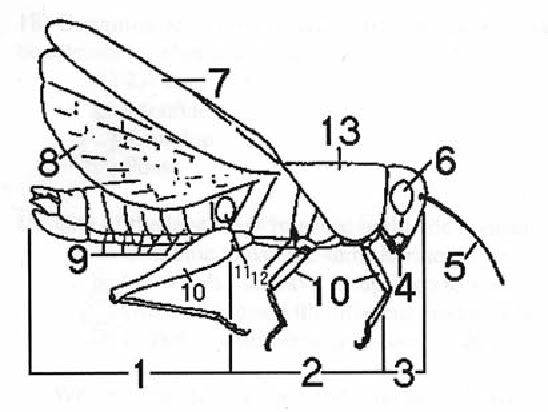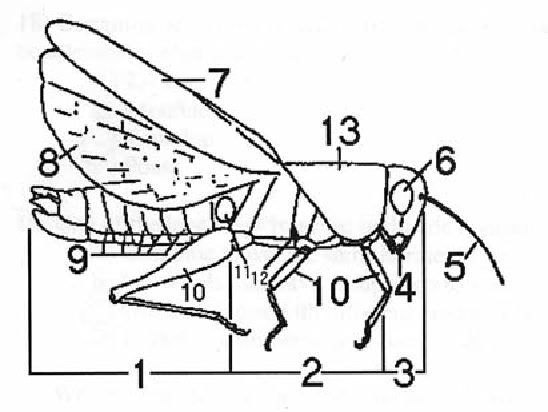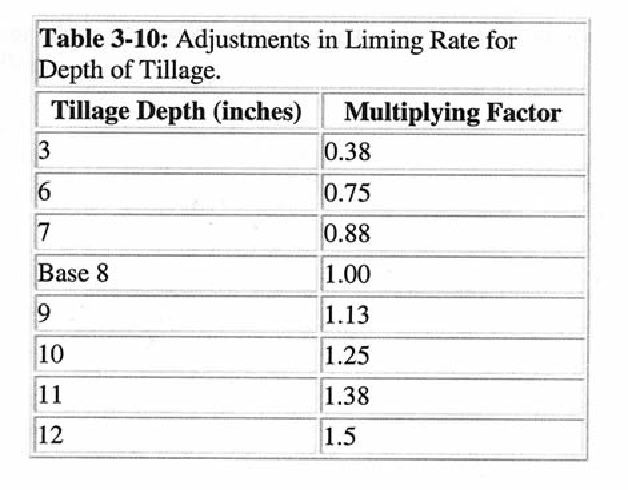Multiple Choice
Identify the
choice that best completes the statement or answers the question.
|
|
|
1.
|
Which of the follwoing is
considered surface water?
a. | a well | c. | drainage ditch | b. | an aquifer | d. | underground stream |
|
|
|
2.
|
Which of the following is a
trade name?
a. | 4-(2,4-Dichlorophenoxy) butyric
acid | b. | Roundup UltraMax | c. | Sodium chloride | d. | Hydrogen dioxide |
|
|
|
3.
|
Toxicity of a pesticide depends
on all of these except__________.
a. | Type of
soil | c. | type of
formulation | b. | type and amount of inert ingredient | d. | type and amount of active
ingredients |
|
|
|
4.
|
When talking about pesticide
formulations, which of the following is true?
a. | EC formulations require
agitation | b. | WP formulations can be abrasive to spray
equipment | c. | RTU formulations need to be mixed | d. | G formulations are very hazardous to the
applicator |
|
|
|
5.
|
The pest toward which control
measures are being directed is referred to as the _________ pest.
a. | target | b. | endangered | c. | non-target | d. | systemic |
|
|
|
6.
|
When referring to Restricted
Use Pesticides, which of the following statements is true?
a. | Anyone can purchase them, but the
applicator must be licensed. | b. | Only certified applicators may purchase them, but anyone can apply
them. | c. | Only certified applicators may purchase or apply
them. | d. | None of these answers are
correct |
|
|
|
7.
|
Pesticide movement away from
the release site in the air is usually called___________.
a. | Vaporization | b. | Drift | c. | Runoff | d. | Leaching |
|
|
|
8.
|
Which of the following would be
an example of a reproductive effect of a pesticide exposure?
a. | tumors | c. | infertility in women | b. | jaundice | d. | skin rashes |
|
|
|
9.
|
Which of the following is an
example of a biological control?
a. | pesticides | c. | cultivation | b. | pheromone traps | d. | sanitation |
|
|
|
10.
|
Which of the following
formulations is not applied as a spray?
|
|
|
11.
|
The nozzles are 20 inches
apart. You are spraying a band width of 15 inches at 4 MPH. You are applying 20 gallons per acre.
What is your nozzle output?
a. | .27 GPM | b. | .20 GPM | c. | .5 GPM | d. | .10 GPM |
|
|
|
12.
|
You want a soybean plant
population of 120,000 plants per acre in 7 inch rows. The seed tag lists the germination rate at
99.7%. There is an average of 110,00 seeds in a bag of soybean seed. How many bags do you need to buy
to seed a 35 acre field?
a. | 100
bags | b. | 27 bags | c. | 39 bags | d. | 20 bags |
|
|
|
13.
|
Which of the following is not
required on a seed tag?
a. | Date tested-- month and year of lab
test. | b. | Percentage by weight of other agriculural
seeds. | c. | Percent by volume of primary noxious weeds. | d. | Name and address of company responsible for label
information |
|
|
|
14.
|
Which section of the
insect’s body is labled at #3

a. | head | b. | abdomen | c. | thorax | d. | wing |
|
|
|
15.
|
What body part is labled at
#10?

a. | wing | c. | thorax | b. | antennae | d. | none of these are correct |
|
|
|
16.
|
Your corn plant has yellow
lower leaves. The newer leaves appear green. The intermediate leaves show yellowing from the tip down
the midvein. Which nutrients deficiency possibly caused this damage?
a. | Phosphorus | b. | Sulfur | c. | Boron | d. | Nitrogen |
|
|
|
17.
|
Which of the following species
has a spiked inflorescence.
a. | Tomato | c. | Timothy | b. | Kentucky bluegrass | d. | Oats |
|
|
|
18.
|
Certain genetic lines of corn,
soybeans and cotton have been genetically modified to be tolerant to what commonly used
herbicide:
a. | 2,4-D | b. | Atrazine | c. | Roundup | d. | Poast |
|
|
|
19.
|
One of the best ways o avoid
herbicide resistance from occuring is to:
a. | Continue to use the same herbicide,
just at higher rates. | b. | Let weeds that have escaped go to seed. | c. | Use herbicides with different modes of action to control
weeds | d. | Rotate to a different crop but use the same
herbicide |
|
|
|
20.
|
Which of he following weeds
contain alkaloids that can cause hallucinations or death if ingested?
a. | Jimsonweed | c. | Wild carrot | b. | Common lambsquarters | d. | Dandelion |
|
|
|
21.
|
Using Table 3-10 your line
recommendation is 1.5 tons/acre. You are plowing to a 9 inch depth. How much lime do you
need?
a. | 1.7 tons per
acre | c. | 2.8 tons per
acre | b. | 1.5 tons per acre | d. | 2.2 tons per acre |
|
|
|
22.
|
(Use Table 3-10) Your plow
depth is only 6 inches. The lime recommendation is 2.5 tons/acre. How much do you apply?

a. | 1.9 tons per
acre | c. | 0.3 tons per
acre | b. | 1.5 tons per acre | d. | 3 tons per acre |
|
|
|
23.
|
The plant tissue that functions
as a conduit for the upward movement of water from the roots to above-ground plant parts is
the:
a. | phloem | b. | choroplast | c. | callus tissue | d. | xylem |
|
|
|
24.
|
Depth of fertility soil
sampling should;
a. | be several
feet | c. | stay in the top two inches of
soil | b. | reflect depth of tillage | d. | vary with the amount of fertilizer
used |
|
|
|
25.
|
Soft red winter wheat is most
commonly used in the production of __________.
a. | cake
flour | b. | pasta | c. | crackers | d. | soy milk |
|